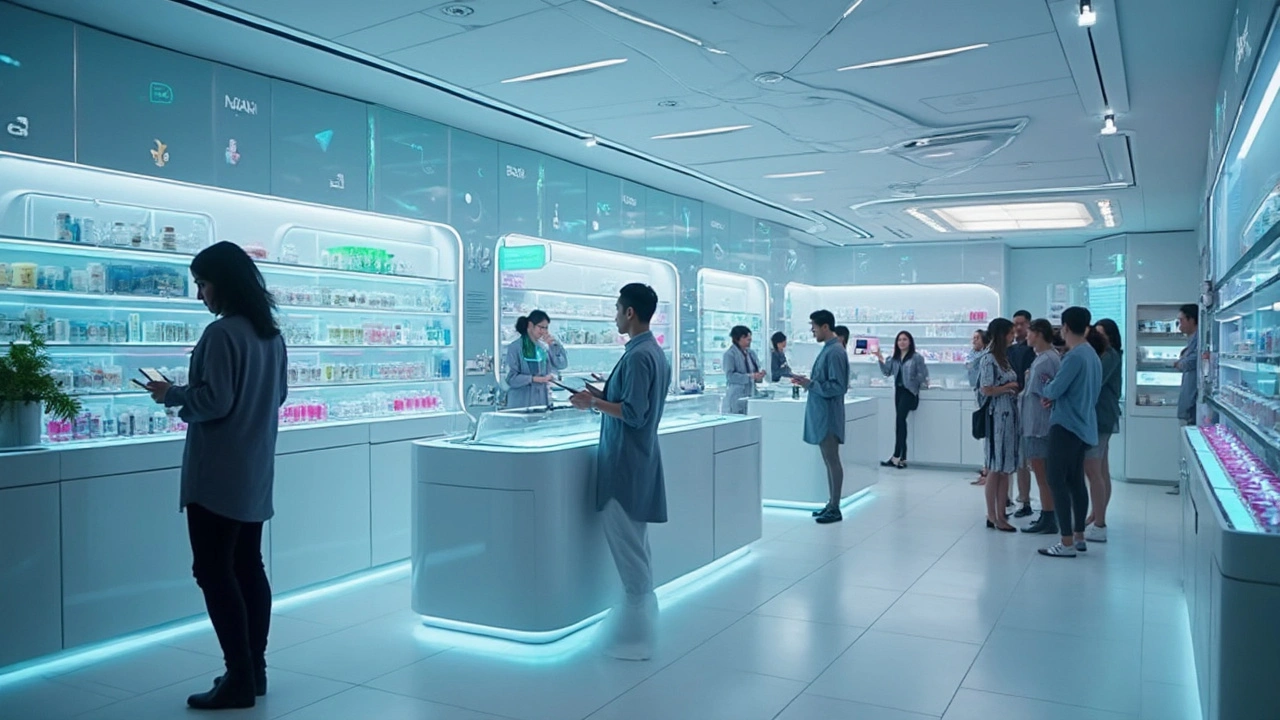Affordable healthcare options: save on meds and care without cutting quality
Healthcare feels expensive, right? You don't have to choose between bills and basic care. This page collects practical, low-cost options that actually work for everyday people.
Start with the obvious: generics. Generic drugs contain the same active ingredients as brand names but usually cost much less. Ask your prescriber or pharmacist if a generic or therapeutic equivalent is appropriate. For many common conditions—like high blood pressure, diabetes, or acid reflux—generics are safe and effective.
Coupon and discount cards can cut costs instantly. Sites and apps offer printable coupons, manufacturer savings, and pharmacy discount cards that work even without insurance. Compare a coupon price to your insurance copay; sometimes coupons win. Use a price-check app or call local pharmacies to find the best cash price.
Patient assistance programs and manufacturer support exist for many pricey drugs. If you face high costs, apply directly to the drug maker’s assistance program or talk to your clinic social worker. Nonprofit foundations also offer grants for specific conditions. It takes a bit of paperwork but can save hundreds or thousands.
Consider therapeutic alternatives. Some newer, expensive medicines have older, cheaper options that work almost as well. Discuss alternatives with your doctor. For example, if your inhaler is costly, generic albuterol or different inhaler classes might control symptoms affordably. The right swap depends on your health, so don't change meds without medical advice.
Telemedicine and online pharmacies can lower costs, but use them carefully. Telehealth visits often cost less than in-person appointments and save travel time. When buying meds online, pick pharmacies with clear contact info, verified licensure, and good reviews. Watch out for sites promising unbelievably cheap controlled substances or no-prescription sales.
Community health centers and sliding-scale clinics are underused resources. They offer primary care, vaccines, and chronic disease management at reduced fees based on income. Dental and vision services are sometimes available or referred through local programs. Look up federally funded centers or local health department services.
Bulk and mail-order options work if you take maintenance meds. A 90-day supply often costs less per dose and cuts pharmacy trips. Check if your insurance favors mail-order or has lower copays for larger supplies.
Talk to your pharmacist. They know common savings maneuvers: samples, therapeutic equivalents, manufacturer coupons, and split-fill programs. Pharmacists can also review your meds to remove duplicates or unnecessary prescriptions that drive up costs.
Finally, use preventive care. Vaccines, screenings, and simple lifestyle changes often prevent expensive problems later. Eating better, moving more, and quitting smoking cut future medical bills and improve daily life.
Quick checklist to save today
Ask for generics, compare prices, try coupons, check patient assistance, consider telehealth, explore community clinics, and talk to your pharmacist.
Need more help?
If a particular drug or condition is draining your budget, search our guides for price tips and safer alternatives. You don’t have to navigate affordable care alone.
Check our detailed articles on cheap alternatives, insurance tips, and reliable online pharmacies to find specific steps that fit your situation right now today.
Top Alternatives to SingleCare.com in 2025: Ensuring Affordable Healthcare
Looking for alternatives to SingleCare.com? In 2025, healthcare options are more diverse than ever. From trusted platforms with comprehensive drug information to services focusing on affordability and savings, the landscape is rich with choices. Explore these cutting-edge alternatives to find the best fit for your medication needs, ensuring you get medicine without breaking the bank.

